Landscape Architecture for Landscape Architects › Forums › GENERAL DISCUSSION › Ingenuity or abuse?
- This topic has 1 reply, 6 voices, and was last updated 14 years, 5 months ago by
 Thomas J. Johnson.
Thomas J. Johnson.
-
AuthorPosts
-
February 14, 2011 at 4:25 am #164968
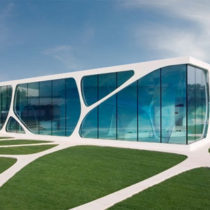 Zach WatsonParticipant
Zach WatsonParticipantThe terraced rice fields of the far east, are they an ingenious way of using the landscape or are they an abusive use of the landscape? They are a perfect example of how people have used the landscape to their benefit. In this discussion don’t be a fence sitter.
If fields like these were to be built today in the US I could only imagine the outrage that would take place. Destroying the mountain side, harming the ecology of the region, and the deforestation and clear cutting of the natural environment, the list could go on and on.
To the positive though, using land that is otherwise unusable, principles of maximizing water resources in agriculture, employment, food production, and other ideas that both improve and sustain life for a group of people.
This is just for discussion and to see the ideas that people have, so pick a position and defend it.
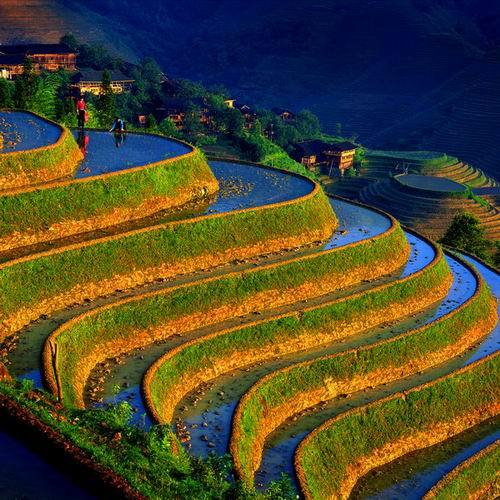 February 14, 2011 at 4:55 pm #164978
February 14, 2011 at 4:55 pm #164978 Thomas J. JohnsonParticipant
Thomas J. JohnsonParticipantIngenuity.
Without knowing much about the socio-economic-political-environmental issues surrounding this farming practice, the image becomes the foundation of my argument. In the background you can see homes built with respect for their context. They are of reasonable size, staggered on the hillside, enveloped in a canopy of trees, hardly distinguishable from the surrounding environment.
Their homes are a reflection of their mind-set, which leads me to believe that they apply the same principles to their farming practices. Those terraces are all hand-built, maintained, planted and harvested by hand. On a relatively small scale operation such as this there is a direct correlation between energy inputs and energy outputs. In other words, when hand farming, you don’t sow more than you can reap. These people are living in harmony with the land, not exploiting it.
If they were to stop maintaining the terraces, they would return to their original state in short order. While they may have cleared forest to build the terraces I tend to doubt they clear-cut the forest. Judging by the rocky/clay nature of the soil it was probably incapable of supporting rich forests, more likely short grasses. Their modification of the land doesn’t appear to result in erosion and they are probably not big on pesticides/herbicides. While visually dramatic, the terraces probably have little effect on the ecology of the region.
Contrast this farming practice with those used in the United States and I think we’d have a hard time claiming they exploit the land. We’ve destroyed nearly all native prairie (the largest CO2 sink-much greater than forests), we have destroyed soil structure resulting in massive erosion and contamination of our water ways. We use colossal, gas guzzling machinery that enable us to produce crops far beyond our basic food needs. We apply mass amounts of pesticides, herbicides and fertilizers that have devastating effects on our water sources, wild life and our own heath. We genetically modify crops to withstand greater amounts of these chemicals and produce plants incapable of reproduction, putting the ability to grow food solely in the hands of a few major corporations. We take and take and take, leaving a wake of destruction in our path. Then, as the suburbs creep outward, we turn our farmland into generic cookie cutter houses with blue-grass lawns and 25 year life expectancies, connected by a meandering network of pavement and sewer lines. As if our farming practices weren’t bad enough, we’re rapidly choking off our own food source with a never ending expansion of tasteless, short-sighted and cheap housing to support a fat, lazy population that consumes the majority of the worlds resources while contributing little beyond the propagation of more “consumers”.
Contrast the image above with these and ask yourself who’s exploiting the land: The Asian farmers could live in this manner indefinitely while we’ll be lucky to squeak a few more hundred years out of our living model, especially considering that our diseased mindset is rapidly spreading throughout the world, to regions who’s population size, density and growth dwarf ours by comparison. Now that’s scary…
http://landslides.photoshelter.com/image/I00007BdL4M1gGTM


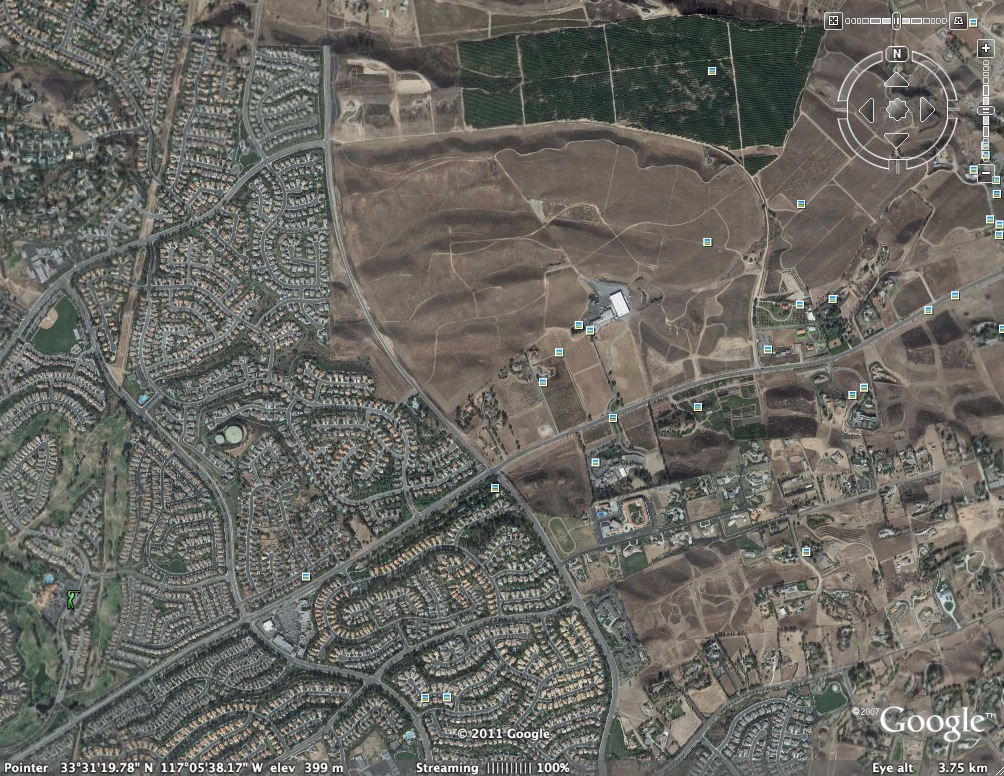
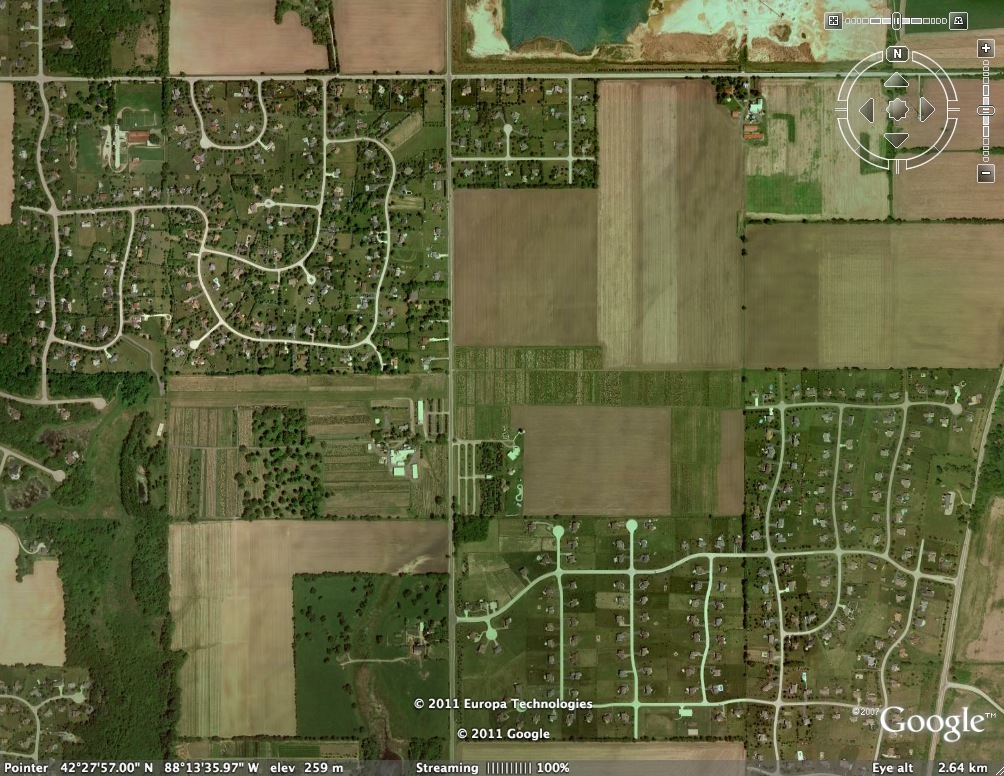
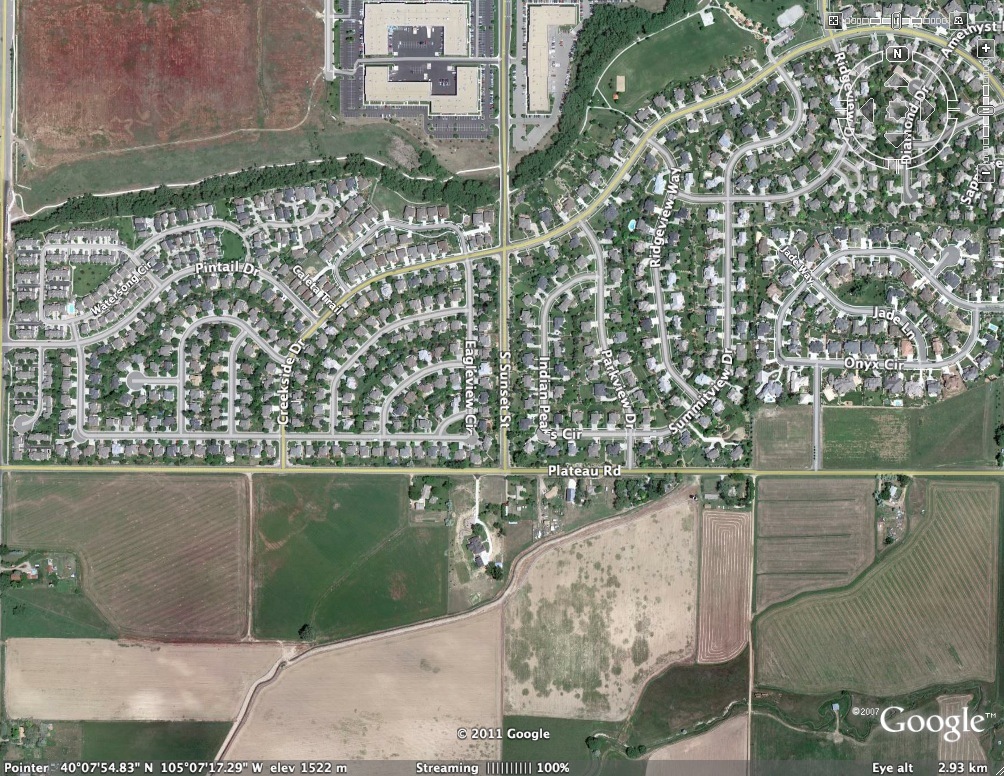 “Forgive us father for we know not what we do.”
“Forgive us father for we know not what we do.”P.S. I love the United States and I believe in capitalism and democracy. I also believe that we need to wake up to the realities of our current way of living and that it is our duty to show the rest of the world a better way to exist… that can be both profitable and sustainable while encouraging individual freedom and expression. Spreading the Gospel of cheap crap and cookie cutter housing is surely not the way to go…
February 14, 2011 at 10:02 pm #164977 Thomas J. JohnsonParticipantFebruary 14, 2011 at 10:47 pm #164976
Thomas J. JohnsonParticipantFebruary 14, 2011 at 10:47 pm #164976 Zach WatsonParticipant
Zach WatsonParticipantThat is really funny to see you compare the two because it is a thought that has never crossed my mind.
February 15, 2011 at 12:37 am #164975 Andrew Garulay, RLAParticipant
Andrew Garulay, RLAParticipantI can’t see how it can not be an impact on the environment if it went from short grasses on slopes to terraced wetlands.That is clearly displacement of habitat.There are four distinct things that I feel make us give this a pass. One is that it is assumed to be very old rather than a new exploitation. The second is that it is assumed to be done by hand. The third is that it is done by another culture in a different place. Finally, it looks really cool.
Having said that, we are people and we alter our environment to make our lives easier. If you took that away, food production would have to be done somewhere else and displace a different habitat. It is no different than a plowed field in Nebraska, a pivot irrigation in Idaho, or a flooded irrigation ditch in Utah. All of them are important for food production and all displace habitat. I would venture a guess that a place with that much water would have a more diverse ecosystem in its natural state.
Is it more difficult to look at this from an ethnocentric perspective where we project our values from our own cultures at this point in time onto unrelated cultures perhaps of a different time, or to not embrace such a thing as being idealistic and far removed from the things so many want to view as a menace in our own cultures?
There has to be some recognition of food production as well as ecology when we weigh our values. …and aesthetics, quality of life, …. I don’t think anyone wants every inch of less altered places that can support this type of farming to be converted, nor do I think that anyone wants to see all of these restored back to natural conditions.
Keep in mind that this was probably as abusive and extreme as it could get based on the available equipment and technology, rather than simply taking the romantic nature that hand tools and organic techniques are a chosen way based on idealism of a culture.
February 15, 2011 at 5:53 am #164974 Thomas J. JohnsonParticipantFebruary 15, 2011 at 6:39 am #164973
Thomas J. JohnsonParticipantFebruary 15, 2011 at 6:39 am #164973Chupacabra
ParticipantI think swidden agriculture refers to the practice of clearing land to plant and then leaving it fallow as part of a multi-season rotation. Fire is a primary tool and it is most often seen in interior, mountainous Southeast Asia (especially northern Thailand, Burma, Laos, and southern China) and is most often conducted by indigenous groups for subsistence purposes (and often lacking land tenure rights).
The photos look like they are from the Banaue rice terraces and this sort of agricultural system is very different than swidden agriculture in strucutre, function, and production.
February 15, 2011 at 2:52 pm #164972 David J. ChiricoParticipant
David J. ChiricoParticipantIt looks stunningly beautiful, I don’t know how it could be called abuse any more than an indian abuses a flint rock to make an arrowhead.
Could you imagine greenpeace marching into the phillipines and telling them they need to stop destroying the mountains for rice production…
February 15, 2011 at 3:13 pm #164971 Thomas J. JohnsonParticipant
Thomas J. JohnsonParticipantYup, you’re right… I thought the article was using swidden synonymously with terraced fields but upon review it’s apparent that terraced fields were one form of agriculture used in the cleared space. It also appears that there are a variety of terraced fields, built in different environments with unique methods. It becomes difficult to generalize about terraced fields.
February 15, 2011 at 3:29 pm #164970 Thomas J. JohnsonParticipant
Thomas J. JohnsonParticipantGovernment regulations in SE Asia are actually doing away with terraced fields. (not sure if Greenpeace is to blame or not) The ancient agricultural practice encourages bio-diversity by rotating a variety of crops and using the water to raise fish which creates a symbiotic relationship with the crops. The practice is now being replaced by mono-cultural “big-Ag”… funny how government regulations often times do the exact opposite of what they claim… clean water act, clean air act, patriot act…ect. ect…
February 15, 2011 at 5:36 pm #164969Mike G
ParticipantNecessity is the mother of invention. I can’t even fathom the amount of labor it would take to build or work in these fields. But given the choice of eating and not eating…nature must be tamed.
This type of project could never be built in the US. A pound of rice would have to fetch 25 bucks! Subsistence farming is no competition to the less labor intensive and more productive agriculture that we know in our country.
This reminds me of the vertical agriculture project. They look beautiful and really stir up the imagination. But are no baby momma to invention.
-
AuthorPosts
- You must be logged in to reply to this topic.



